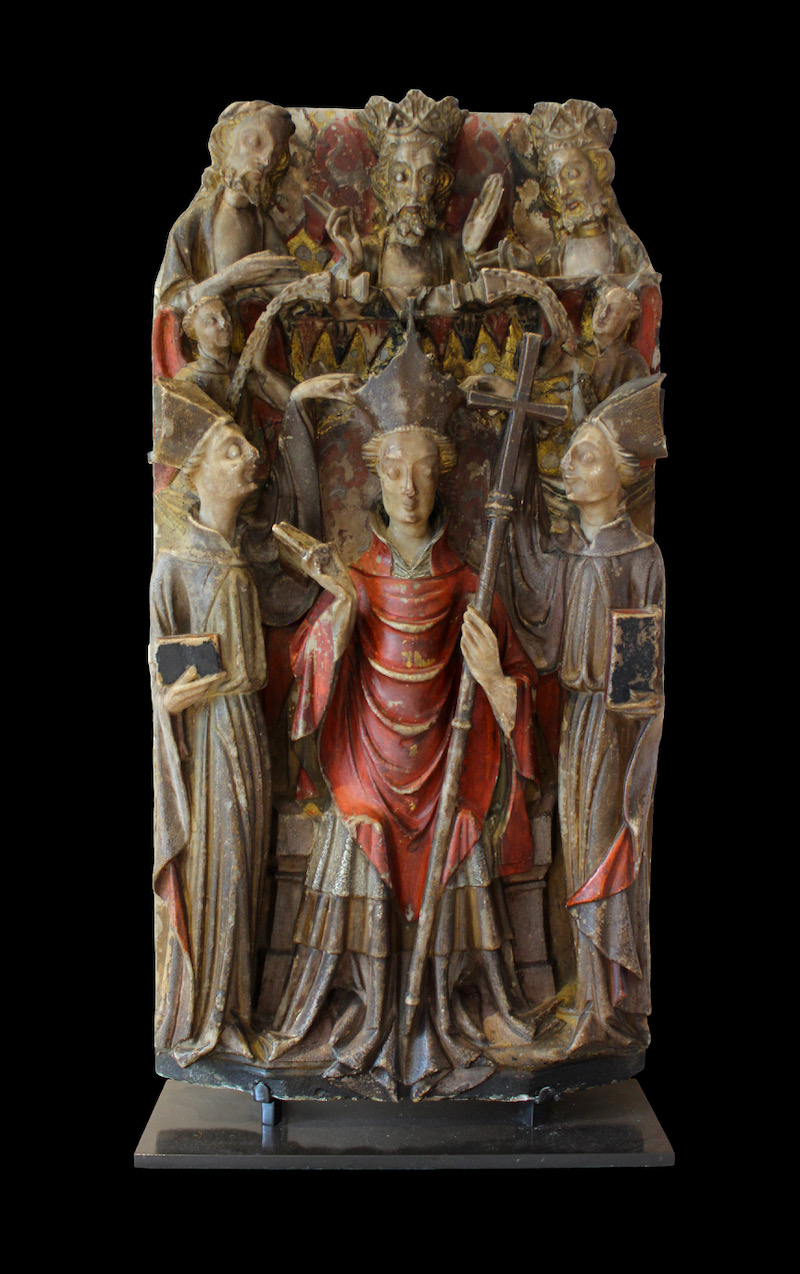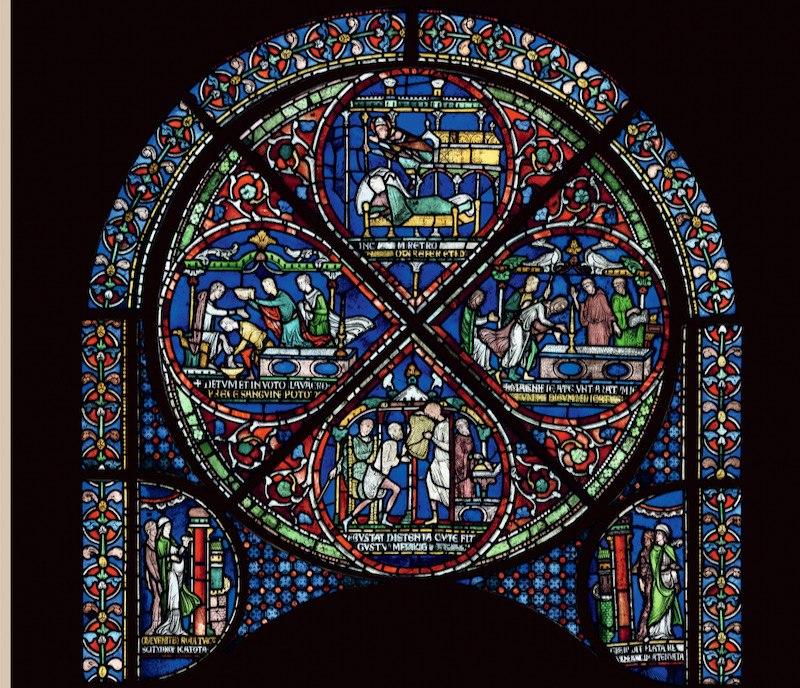The British Museum is to bold an exhibition centred on the life and death of Catholic saint and martyr Archbishop Thomas Becket, with more than 100 objects including a complete stained-glass window loaned from Canterbury Cathedral.
The exhibition, entitled Thomas Becket: murder and the making of a saint, will run from the 22 April to 22 August this hear, and will tell the story not only of Becket’s extraordinary life and death, but the subsequent history of his veneration and cult, one of the most popular in medieval Europe
The exhibition had originally been due to open in October of last year, in order to mark the 850th anniversary of his martyrdom on the 29 December 1170, but is now opening in the spring due to Covid-19 restrictions.
Thomas Becket was born to relatively humble parents in London in 1119 or 1120, eventually rising to what was then the second most powerful position in the Kingdom of England. His close friendship with King Henry II broke down due to profound disputes about the role and authority of the Church in England, a crisis that escalated to the point of Becket being murdered in Canterbury Cathedral by supporters of the King. Becket’s death scandalised Christian Europe and transformed the controversial Archbishop into a religious icon. Within days of his death miracles were being attributed to his intercession, and he was swiftly canonised by the Pope.
Canterbury Cathedral became an international destination for pilgrims, and many of the objects from the exhibition reflect the wealth that this devotion brought over the centuries, most notably the Miracle Windows, which were made in the early 1200s to surround Becket’s shrine in the Cathedral’s Trinity Chapel. The shrine was subsequently destroyed by Henry VIII as a conscious repudiation of Becket’s symbolising the moral and political primacy of Church over State. This represents the very first time the remarkable windows have left the hands of the Cathedral since their creation.
The British Museum said: “The Miracle Windows, of which seven survive from an original series of 12, tell several of the evocative stories of miracles attributed to Becket in the three years following his death…The windows are the only known depictions of Becket’s miracle stories in any media.
“The window coming to the British Museum, the fifth in the 12-part series, is a masterclass in medieval artistry and measures over six meters in height. The miracle stories it depicts include the healing of eyesight and the replacement of lost genitals, with the latter being the earliest known depiction of castration in medieval art. New research, recently carried out due to its removal for study prior to the exhibition, has revealed that some of the panels have been in the wrong order for centuries.
“They were probably mixed up during a hasty rearrangement in the 1660s and the errors were discovered after close inspection of individual pieces under a microscope. When the window is shown at the British Museum, it will be rearranged in the correct narrative order, and this will be the first time in over 350 years that visitors will be able to view these panels as they were made to be seen. It will also be the very first time the window can be seen up-close at eye-level.”
Leonie Seliger, director of stained glass conservation at Canterbury Cathedral, said: “The Miracle Windows are medieval versions of graphic novels illustrating the experiences of ordinary people. They greeted the pilgrims at the culmination of their journey to Becket’s shrine with images that would be reassuring and uplifting. The window that will be shown at the British Museum is only one of seven that remain, and they are one of Canterbury Cathedral's greatest treasures.”

Also on display will be reliquaries, jewellery, pilgrims’ badges, an alabaster panel (above) and sculpture from the British Museum collection, as well as a variety of illustrated manuscripts related to Becket’s life and violent death. These will include manuscripts from Trinity College and Corpus Christi College, Cambridge that he is thought to have commissioned or was given, and an illustrated manuscript containing John of Salisbury’s Life of St Thomas Becket from the British Library, which shows one of the earliest depictions of his murder.
The curators of the exhibition are hoping that it will cast new light on the importance and influence of St Thomas Becket as not only significant for British history, but as a pivotal figure in European history. Hartwig Fischer, Director of the British Museum, said: “Thomas Becket is one of Europe’s most enduring and controversial figures even today, yet his story has never been told on this scale in a UK exhibition before. The British Museum holds some of the world’s greatest medieval objects and so we’re uniquely placed to tell this shocking chapter in history. We are grateful to those who are contributing loans, including Canterbury Cathedral whose loan of a Miracle Window will be the stunning centrepiece.”
Thomas Becket: murder and the making of a saint runs from 22 April to 22 August 2021 in the Joseph Hotung Great Court Gallery at the British Museum.



 Loading ...
Loading ...